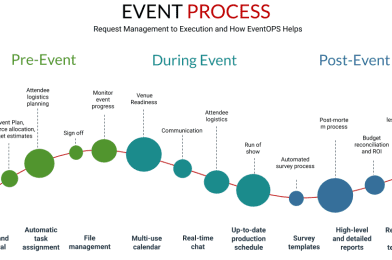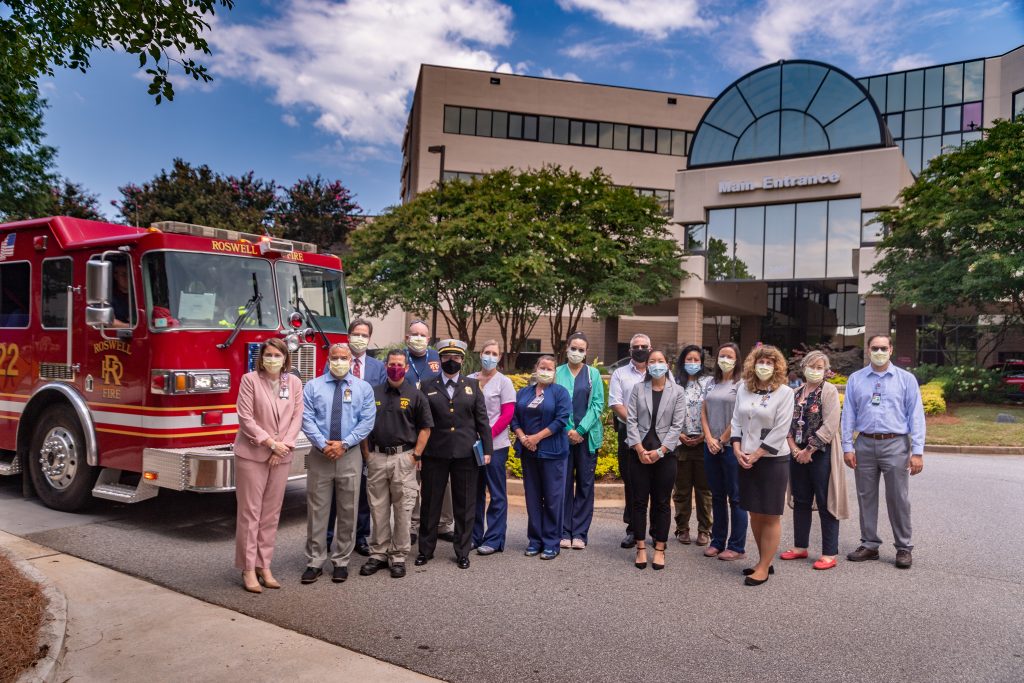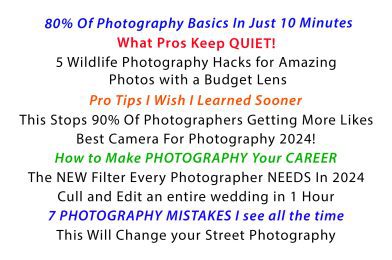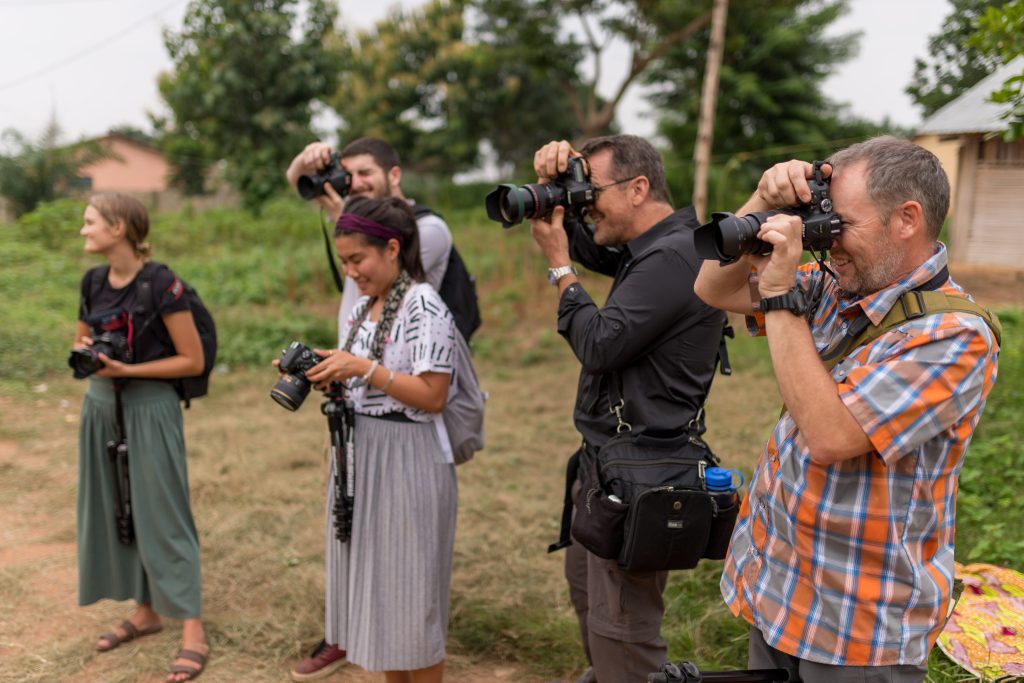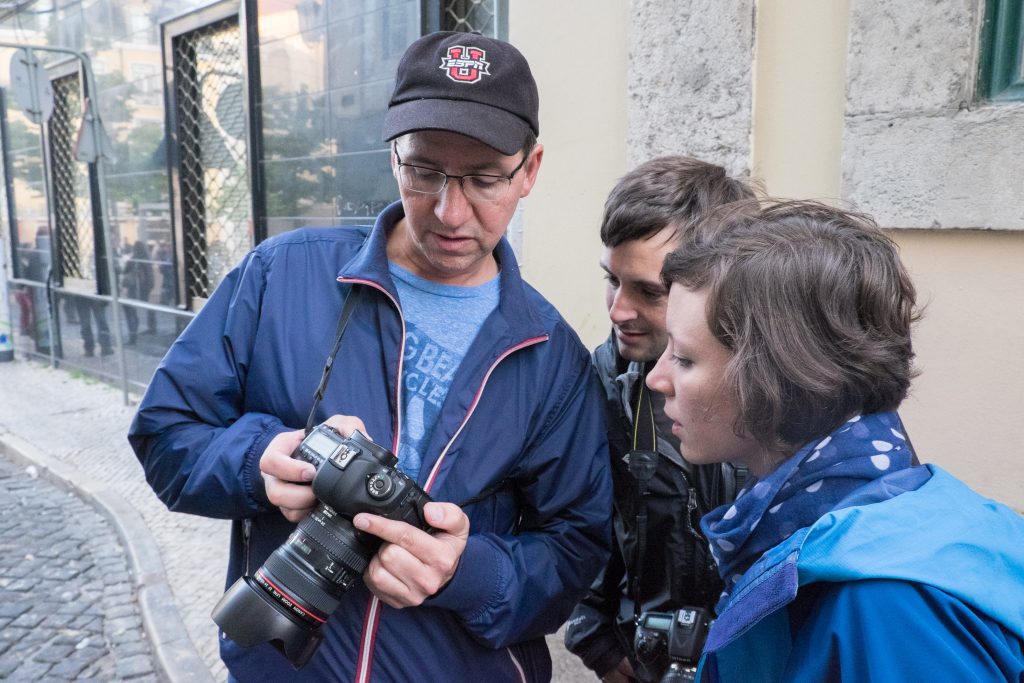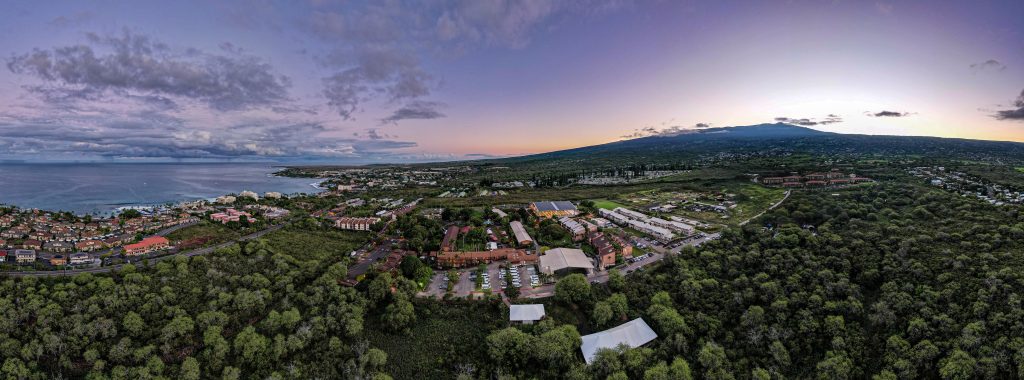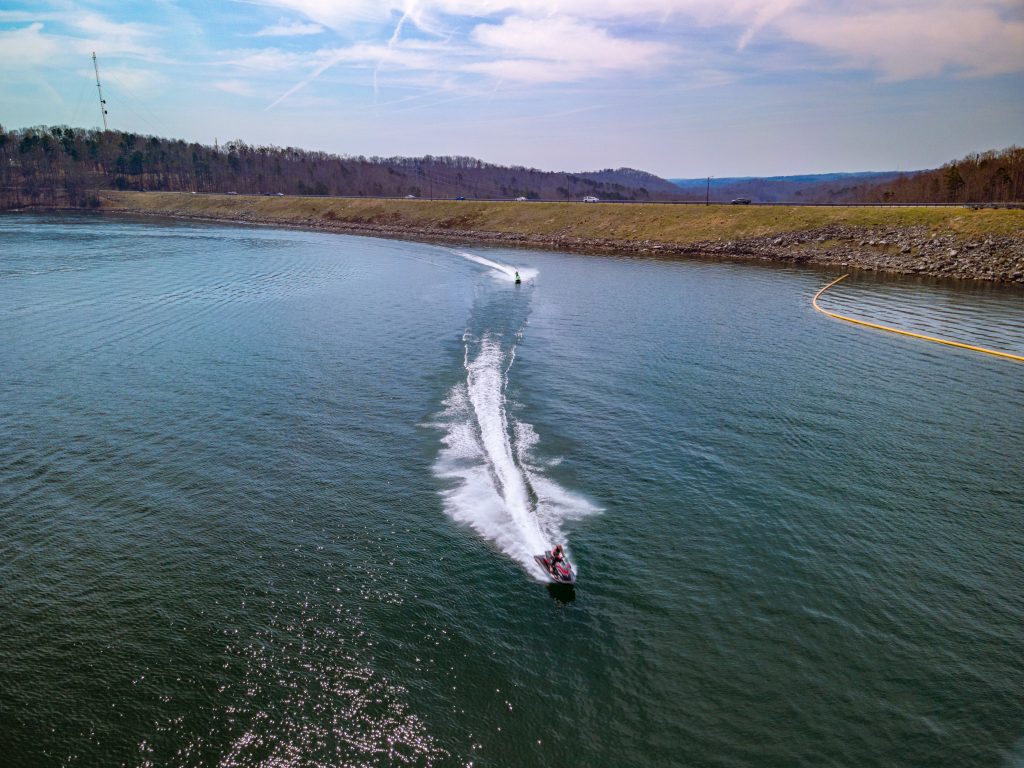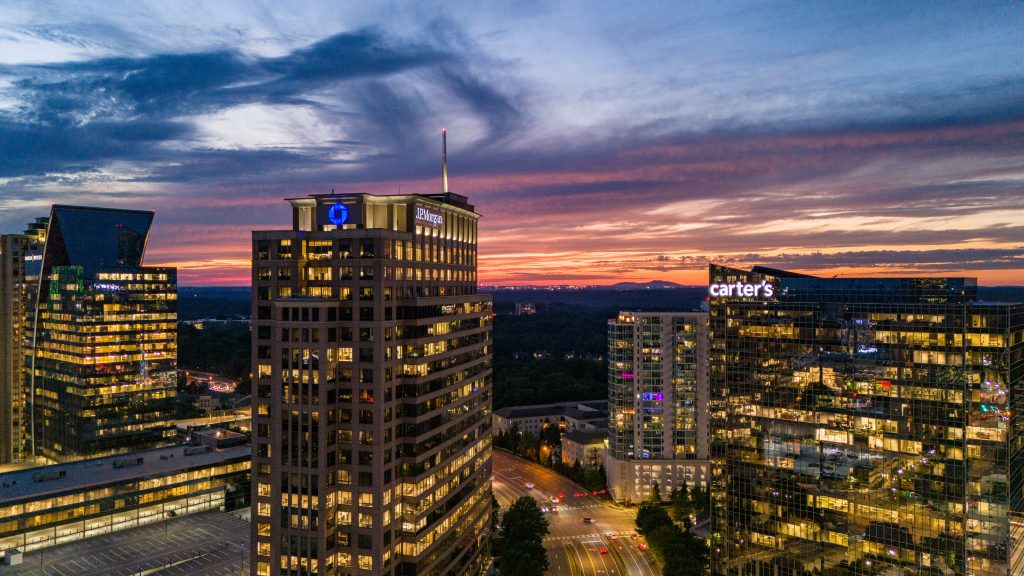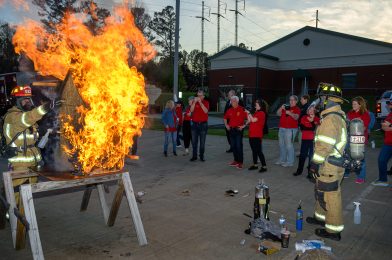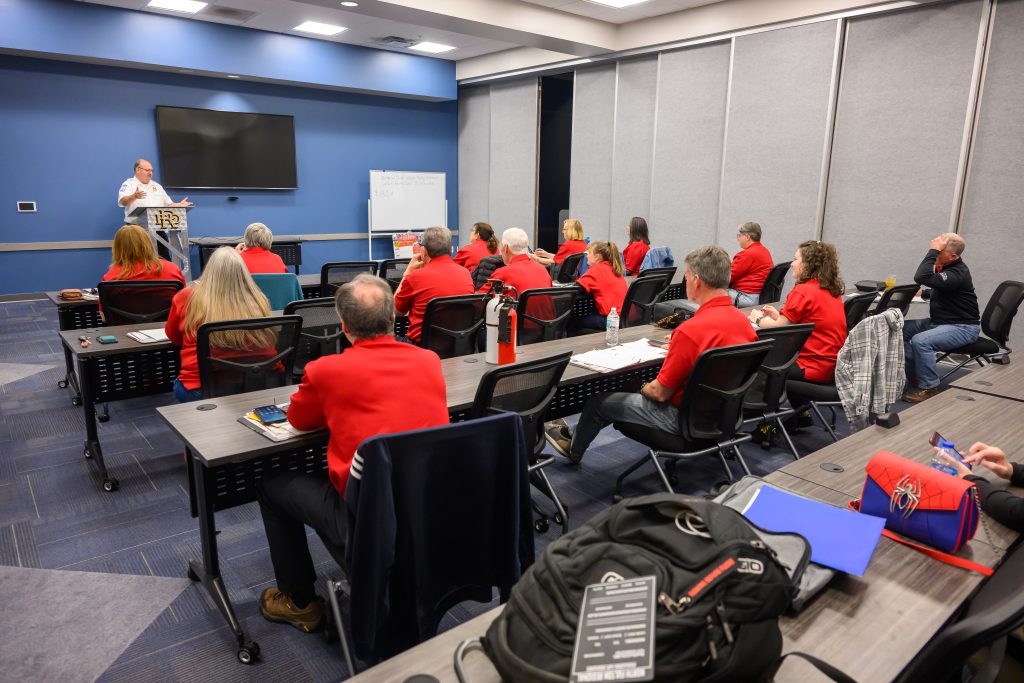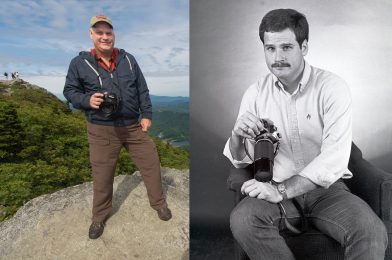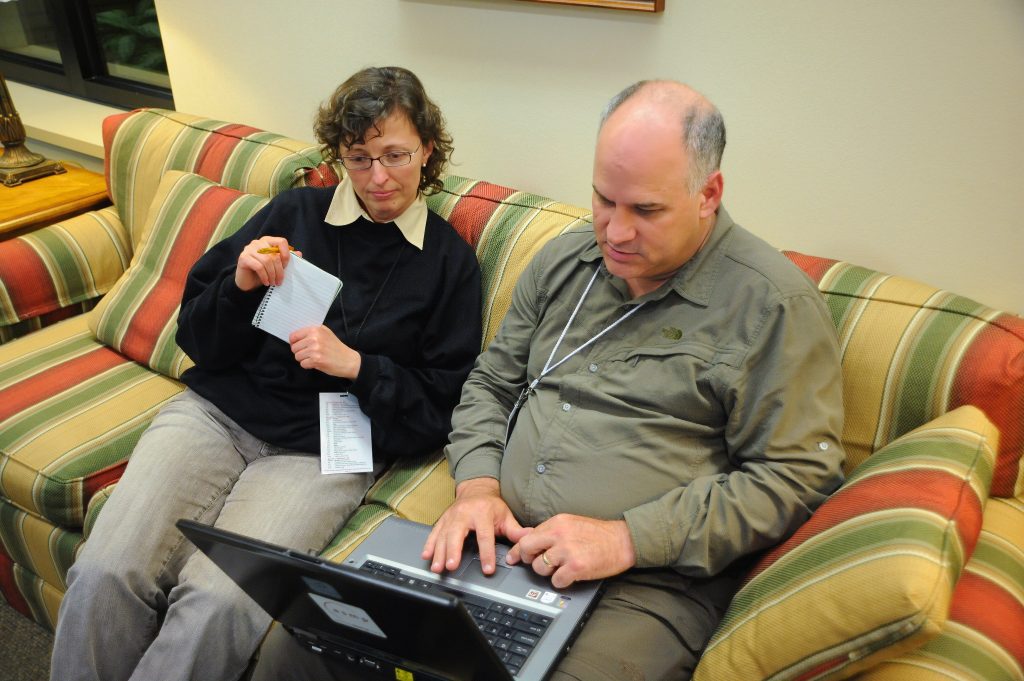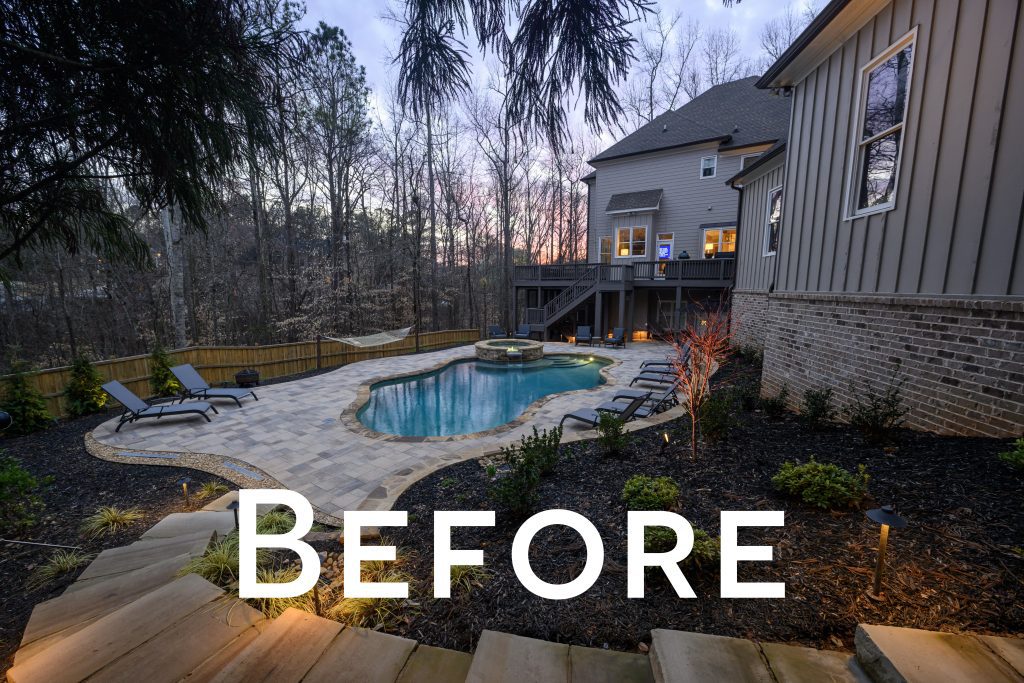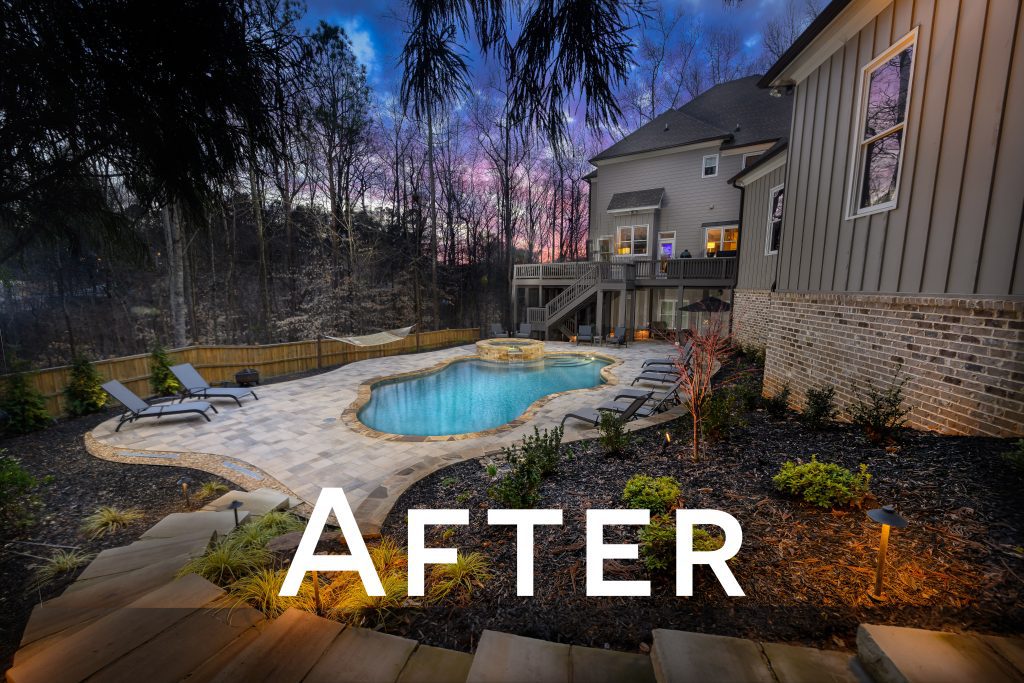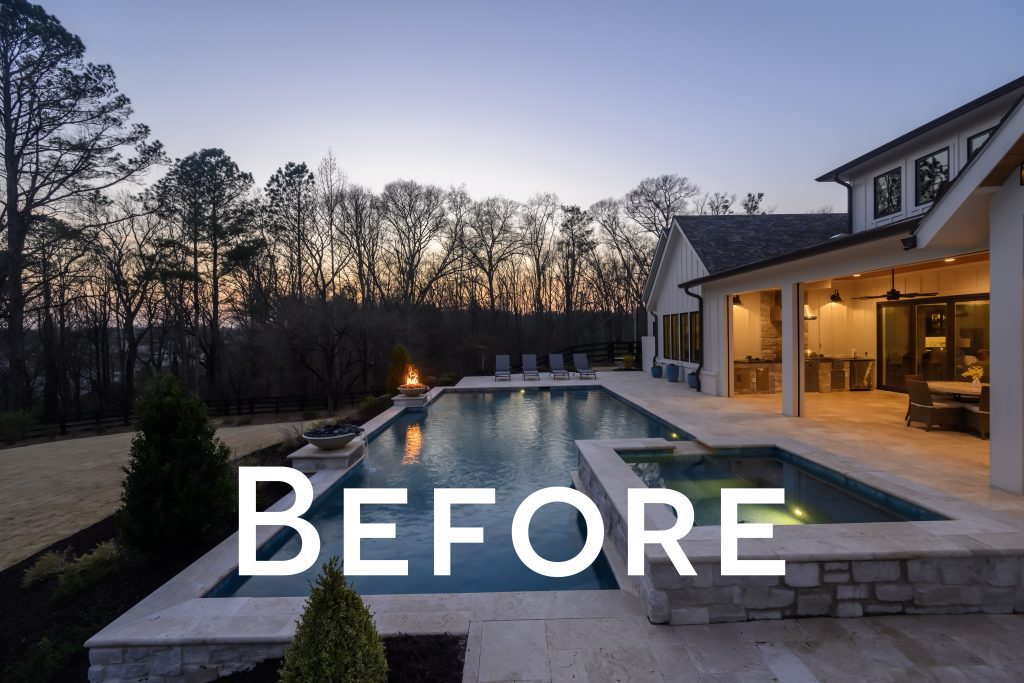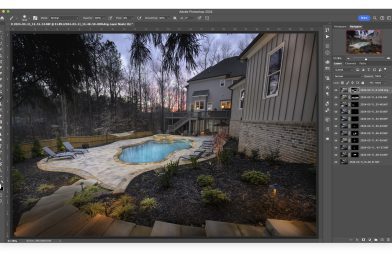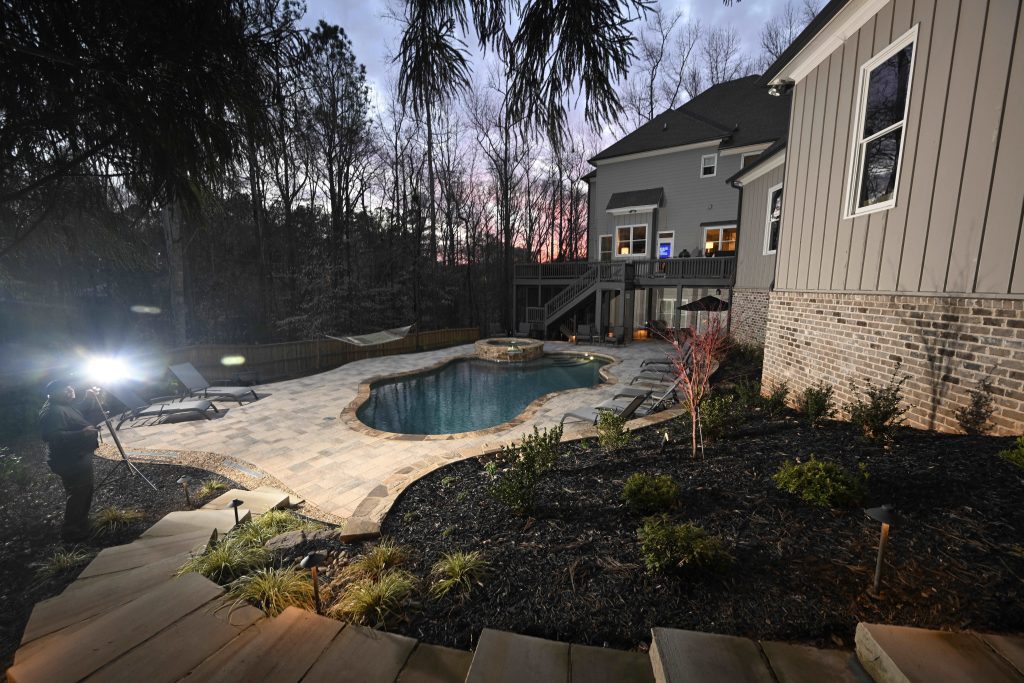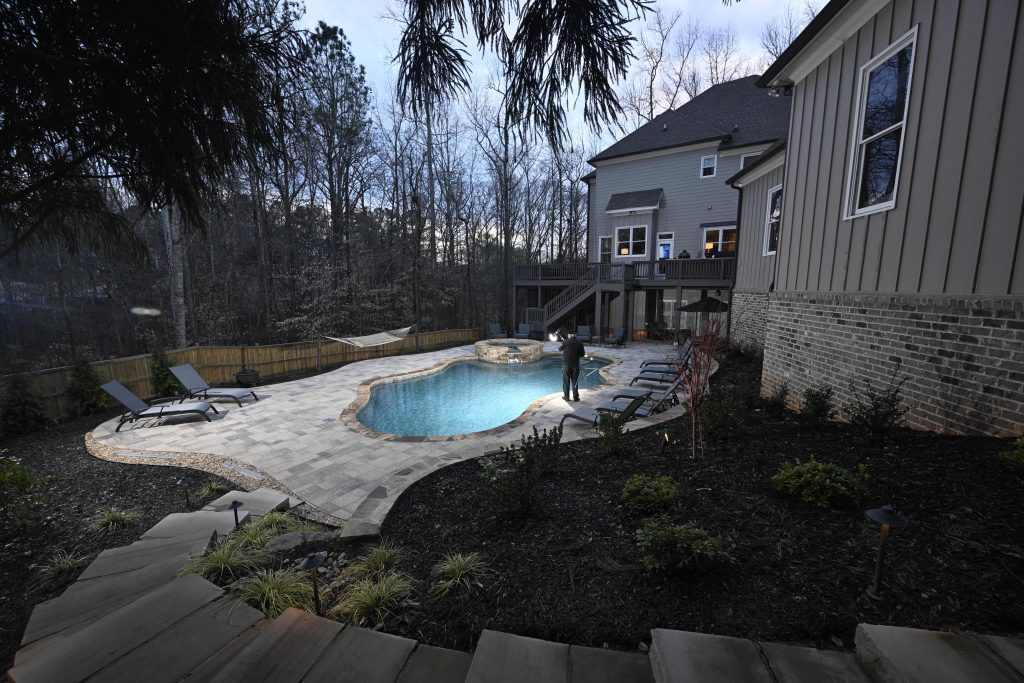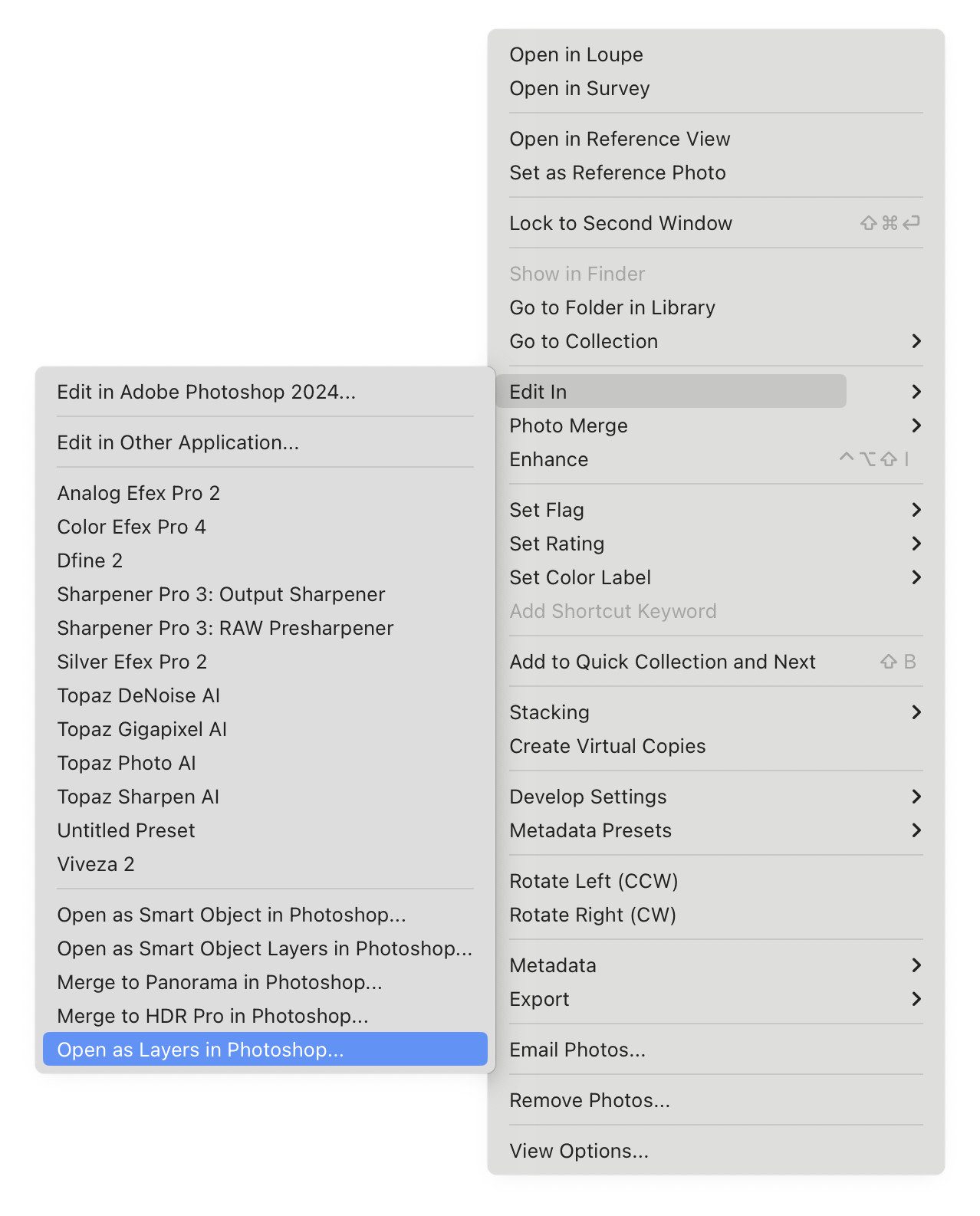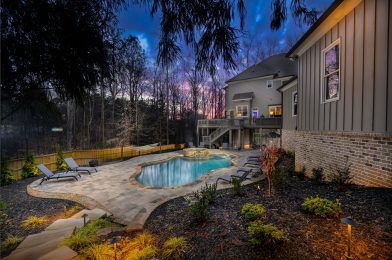In the realm of project management, event coordination, and workshop organization, time is of the essence. As a professional photographer, videographer, and storytelling consultant, I’ve found that effective time management can make or break the success of any endeavor. That’s where the invaluable tool of a timeline planning chart comes into play.
At Stanley Leary Brand Builder, we understand the significance of meticulous planning, especially when executing projects, events, and workshops. Let’s delve into why a timeline planning chart is essential and how it has been instrumental in our endeavors.
Why Use a Timeline Planning Chart?
Imagine embarking on a journey without a map or a compass. That’s akin to undertaking a project or organizing an event without a timeline planning chart. A timeline provides structure, clarity, and direction. It serves as a visual roadmap, outlining key milestones, deadlines, and tasks required for successful project completion.
The Value in Execution
Whether orchestrating a client’s brand launch event or facilitating workshops for aspiring storytellers, our timeline planning chart is our guiding light. Let’s take a closer look at how it aids in execution:
- Project Management: Adhering to strict timelines is paramount when working on a photography or videography project for a client. Our timeline planning chart breaks the project into manageable phases, from pre-production to post-production. This ensures that every aspect of the project is executed seamlessly and on schedule.
- Event Coordination: Hosting events requires meticulous planning and coordination. Our timeline planning chart allocates time for venue selection, vendor coordination, marketing campaigns, and rehearsals. This comprehensive approach minimizes last-minute hiccups and ensures a memorable experience for attendees.
- Workshop Organization: As an instructor, hosting workshops worldwide necessitates efficient time management. Our timeline planning chart outlines the curriculum development process, promotional activities, participant registration deadlines, and logistical arrangements. This structured approach empowers us to deliver enriching learning experiences consistently.
What Makes Our Timeline Planning Chart Effective?
Our timeline planning chart isn’t just a static document; it’s a dynamic tool that evolves throughout the project lifecycle. Here’s how we maximize its effectiveness:
- Flexibility: While we set deadlines and milestones, we remain flexible to accommodate unforeseen challenges or opportunities. This adaptability ensures that we can pivot when necessary without compromising project integrity.
- Collaboration: Communication is critical to successful project execution. We share our timeline planning chart with stakeholders, clients, and team members, fostering transparency and accountability. This collaborative approach promotes synergy and enhances overall productivity.
- Regular Updates: We revisit our timeline planning chart to reflect progress, adjustments, and new developments. This real-time visibility lets us stay on track and make informed decisions throughout the project lifecycle.
Visualizing Success: Our Timeline Planning Chart
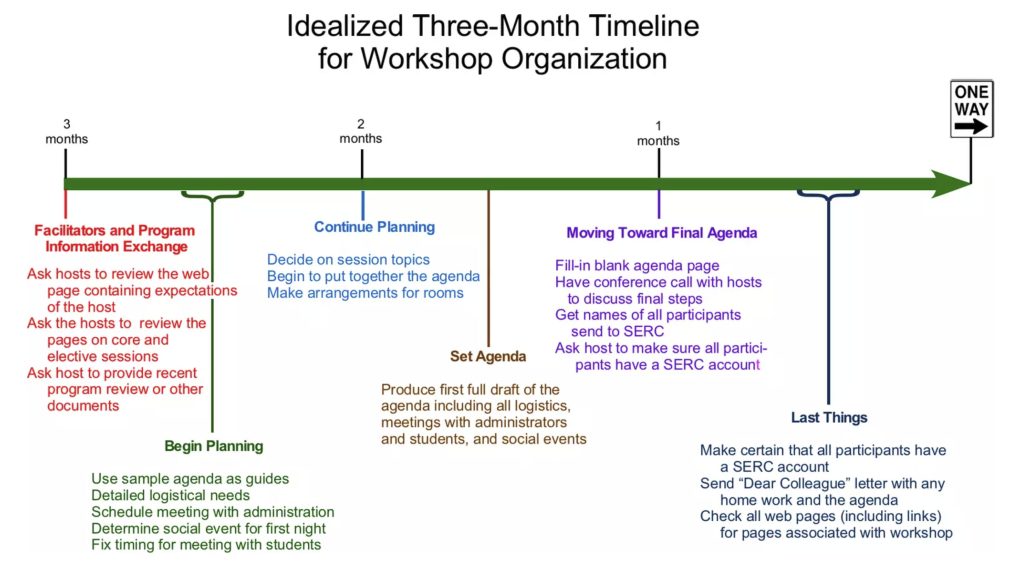
Conclusion
Effective time management is non-negotiable in the fast-paced world of photography, videography, and storytelling. A timeline planning chart serves as a compass, guiding us through the intricacies of project execution, event coordination, and workshop organization. At Stanley Leary Brand Builder, we embrace the power of strategic planning and leverage our timeline planning chart to turn visions into reality. Join us on our journey towards success, one milestone at a time.
Feel free to contact us with inquiries about our services or to learn more about our approach to project management, event coordination, and workshop organization. Let’s go ahead and bring your storytelling endeavors to life on time and within budget.

